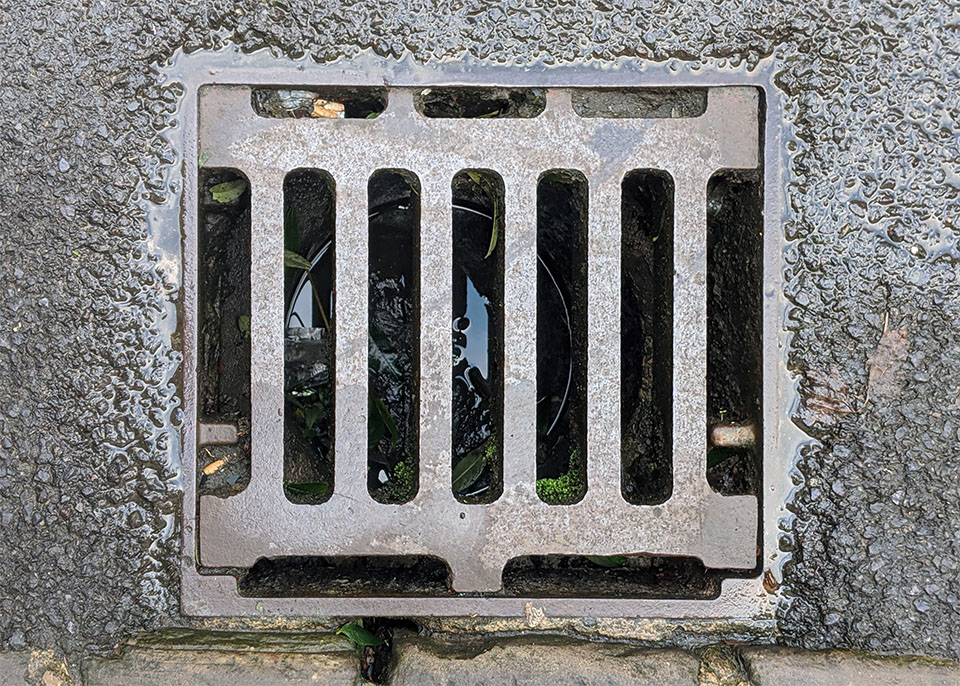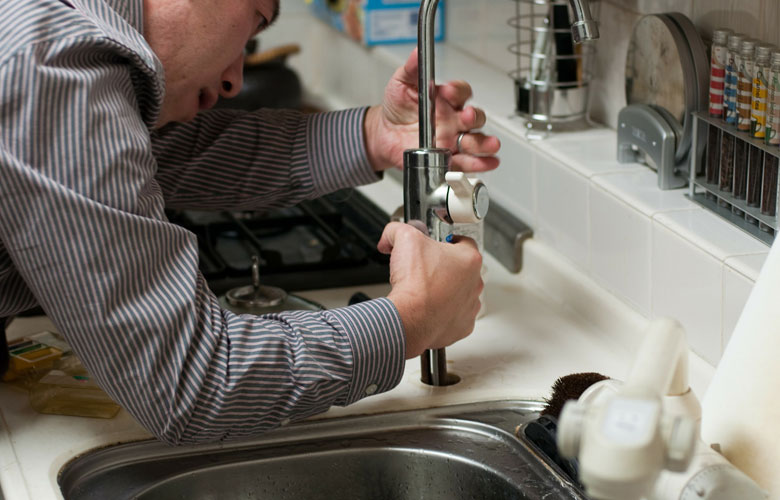The publisher is making a few good observations on Some easy tips to fix blocked drains in general in this content down the page.

Intro
Managing a blocked drain can be a discouraging experience, interrupting everyday tasks and possibly causing damages to your property. Nonetheless, prior to reaching out to pipes professionals, there are actions you can require to attend to the issue on your own. In this overview, we'll discover do it yourself options and safety nets to tackle a blocked drain efficiently.
Recognizing the Concern
The first step in resolving a blocked drain is acknowledging the indicators. Slow-moving water drainage, gurgling sounds, foul odors originating from drains, or water backing up prevail signs of an obstructed drain. Determining these signs early can help prevent better difficulties.
Selecting the Right Pipes Solution
When selecting a pipes solution, take into consideration aspects such as experience, licensing, and client evaluations. Choose a trustworthy plumbing technician with a record of high quality handiwork and transparent rates practices.
Expense Considerations
The expense of expert drain cleaning services can differ depending on the extent of the obstruction and the plumbing technician's rates. Request quotes from several suppliers and ask about any type of service charges to make sure transparency and avoid surprises.
Security Precautions
When attempting DIY drainpipe cleaning, prioritize security. Wear protective gloves and eyeglasses to avoid contact with dangerous chemicals or bacteria. Never blend different drainpipe cleansing products, as this can generate hazardous fumes.
Instance Studies
Real-life examples highlight the efficiency of do it yourself solutions and the value of timely professional intervention in fixing drain blockages.
Usual Causes of Obstructed Drainpipes
Understanding the variables that contribute to drain pipes obstructions is essential for efficient resolution. Common offenders include hair, soap scum, grease, food particles, and foreign items like sanitary products or paper towels. Tree origins invading underground pipes can also create considerable clogs.
DIY Solutions
For small clogs, several DIY remedies can be efficient. Pouring boiling water down the drain can aid liquify oil and debris. Baking soda and vinegar or a mix of salt and baking soda can work as natural cleaners. Using a plunger or pipes snake to displace obstructions is an additional alternative.
Tools and Equipment
Having the right tools accessible can make DIY drainpipe cleansing more efficient. A plunger is a versatile tool for removing obstructions in sinks, commodes, and showers. A plumbing serpent or auger can reach much deeper clogs, while drain cleaning chemicals can be utilized carefully for stubborn blockages.
Safety nets
To avoid future clogs, taking on safety nets is important. Install drainpipe guards or strainers to catch hair and particles before they go into the pipelines. On a regular basis flush drains with warm water to dissolve grease accumulation, and stay clear of throwing away oil or solid waste away.
When to Call a Professional
While DIY options can deal with minor clogs, particular signs suggest the requirement for specialist support. Persistent clogs, foul odors regardless of cleansing efforts, or several drains pipes supporting all at once are red flags that call for experienced treatment.
Conclusion
By adhering to the suggestions laid out in this guide, you can properly tackle blocked drains pipes and avoid future pipes issues. Whether going with do it yourself remedies or looking for expert aid, punctual action is crucial to maintaining a healthy and balanced pipes system and preserving the stability of your home.
WHAT I LEARNED FROM TRYING TO DEAL WITH A CLOGGED DRAIN
We have had our share of seepages and other annoying things that are part of living, especially in an apartment complex. And if there’s one thing that’s terrifying for a homeowner—or even someone in a rented home—it is a clogged drain, indoors or outdoors.
We enjoy our living space, but it’s simply a fact of life that dead skin, soap and a host of other items go down the drain; eventually, the residue builds up and prevents anything from moving. Ugh.
Not Calling A Professional
Of course, it might seem simple to just whip the pipe off under the sink and see if you can unblock it. Unfortunately, what if the blockage isn’t there, or you don’t reconnect it properly? Worse, you might break a piece and have no drainage system. Can you imagine that scene? Yuck!
Not Watching Your Waste
This will sound d’uh, but the best tip I can give you for drain cleaning is to avoid clogging the drain in the first place! You can do this by monitoring what goes down the drain and catching the items which are most likely to give you a problem. Invariably hair, vegetable peels, and large wads of toilet paper are the most obvious culprits. Add a filter—these are available in hardware stores and can be removed and cleaned easily.
Poking The Drain
The first urge with a clogged drain is to poke at it with a stick or anything that resembles a stick. Sadly, this does not result in magically solving the issue. The mental image is, naturally, one of the stick just pushing through the offending item and all is well again. Reality is quite different and unpleasant and likely to lead to further problems.
The thing is, every drain has a series of bends that are not visible to us. Drains are built this way to prevent gases from entering the house. What happens when you poke a stick into the drain? Of course, it can’t bend around the corner. The more adventurous people will use force and end up wedging the stick or causing it to break off in the pipe—creating an even bigger issue. Worst thing? The stick will shift the block further down the pipe, creating the space for more to collect. Go ahead! Roll your eyes!
Using The Wrong Plunger
You know what they say: the right tool for the right job! Did you know there are different types of plungers besides the basic one we keep at home for an emergency? Yes, there are. For example, the toilet plunger has a bell-shaped bottom while the sink plunger is flat. This is an important difference and using the wrong plunger will be useless. There’s also a knack in using plungers—they must be placed in such a way that they create an airtight seal and then, moved slowly up and down—not as fast as we imagine.
https://vidyasury.com/2018/01/learned-trying-deal-clogged-drain.html

As a devoted person who reads on How to handle a clogged drain in your home, I imagined sharing that piece of content was important. Sharing is nice. Helping people is fun. I enjoy your readership.
View